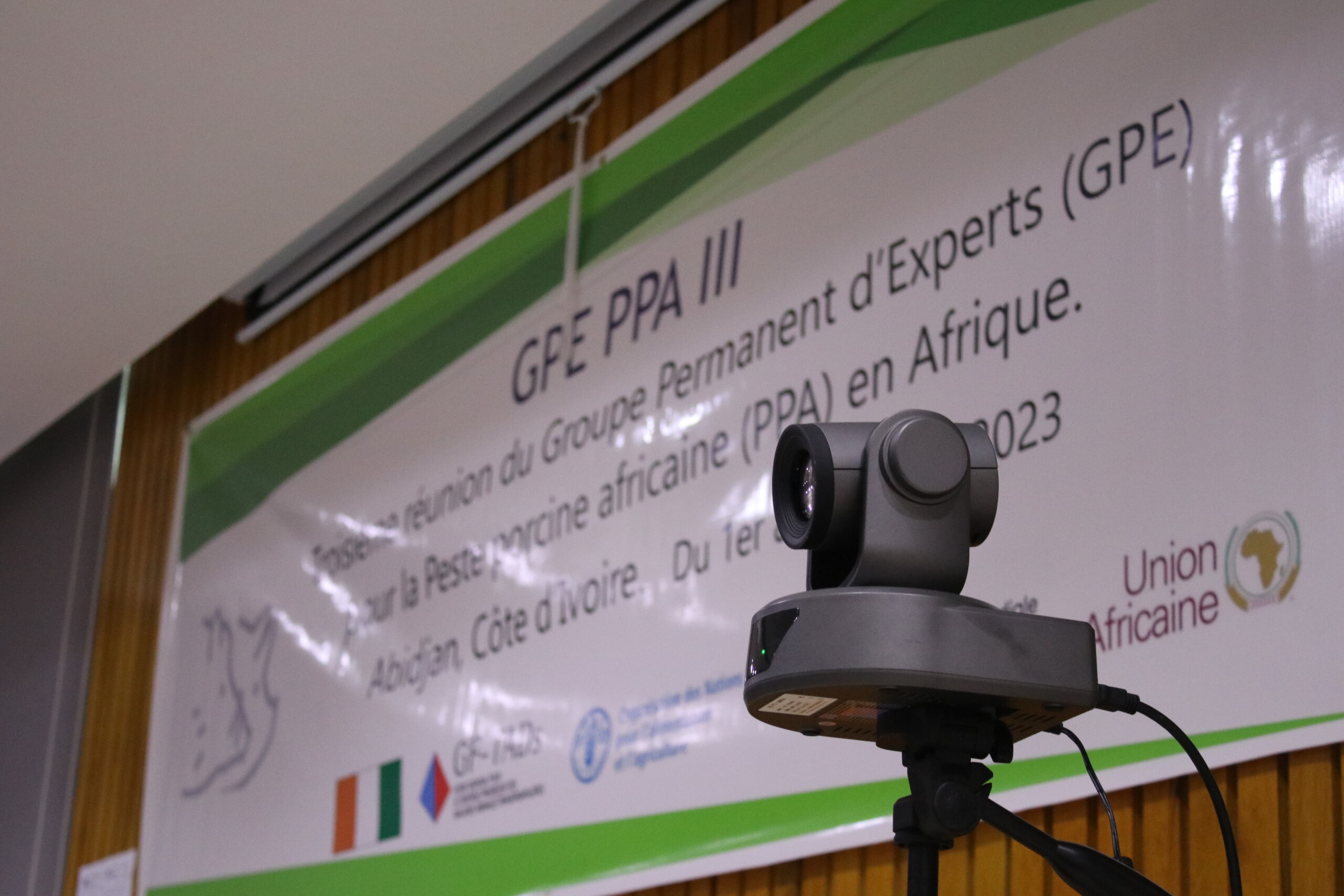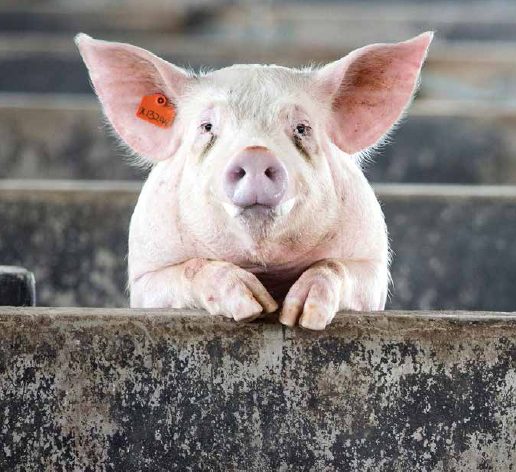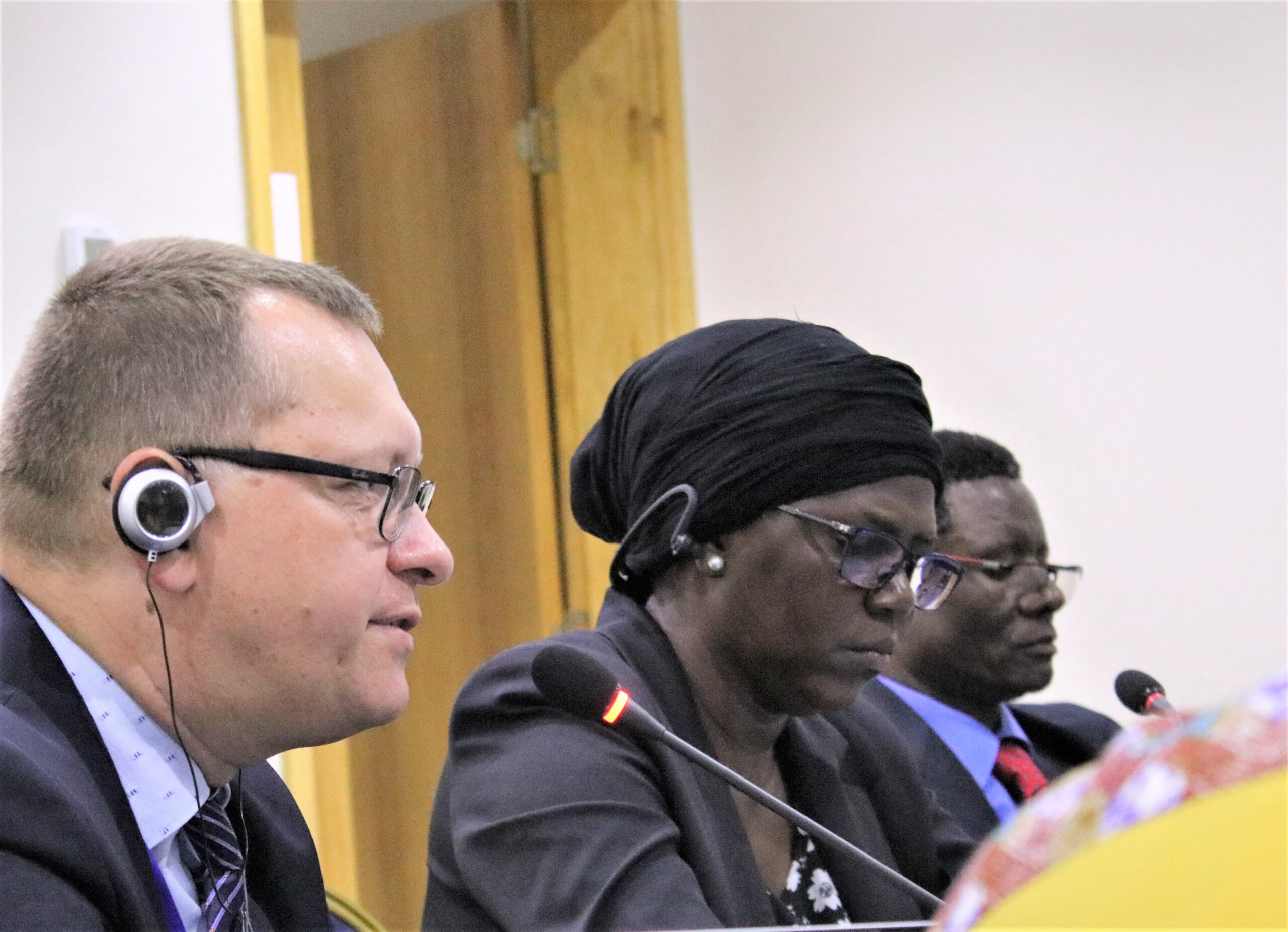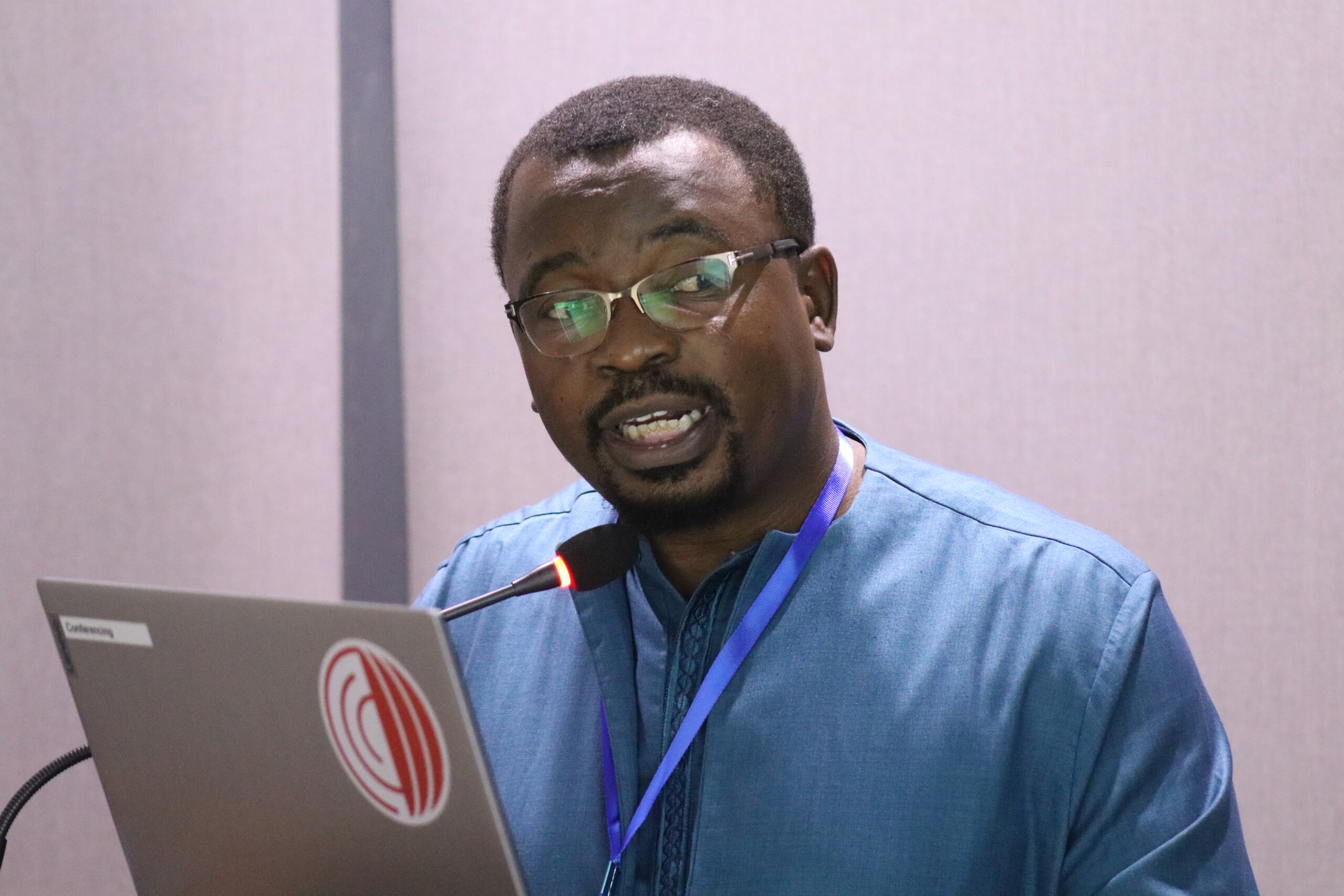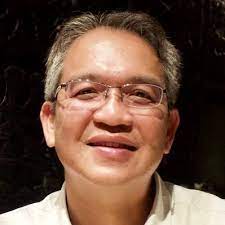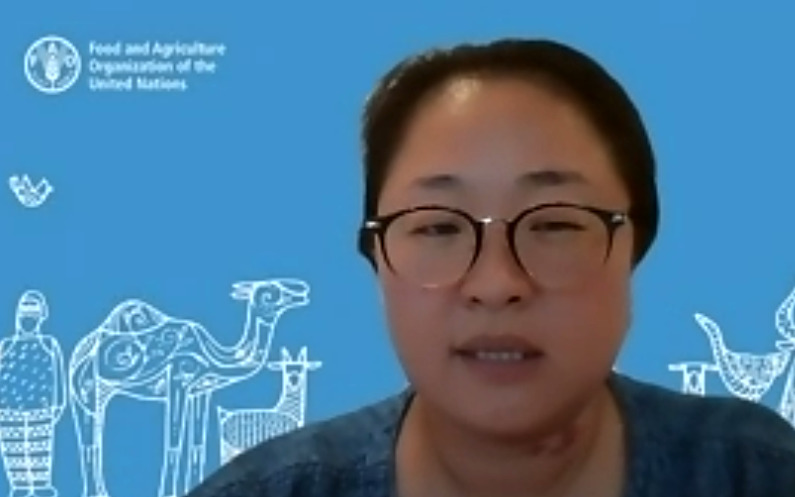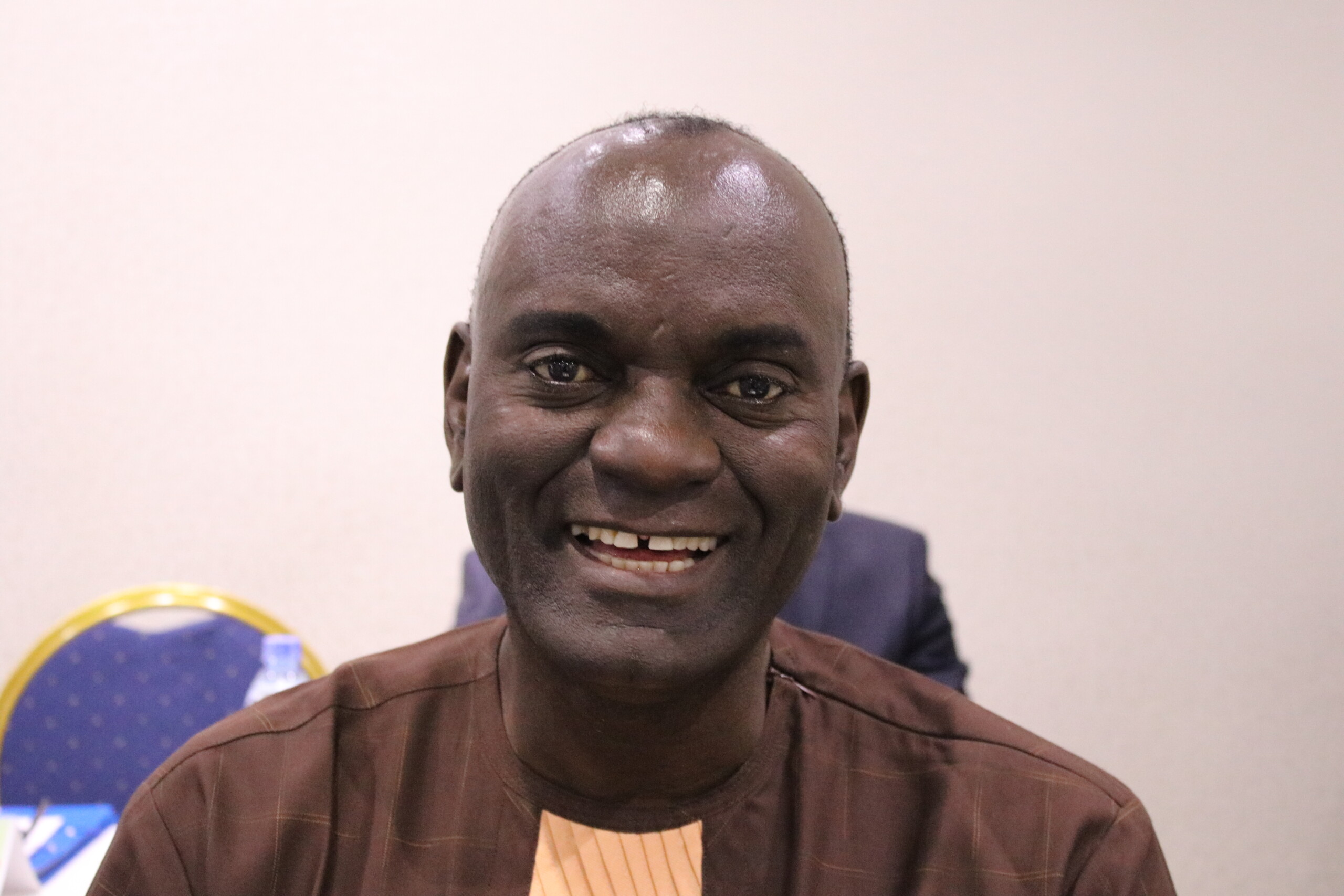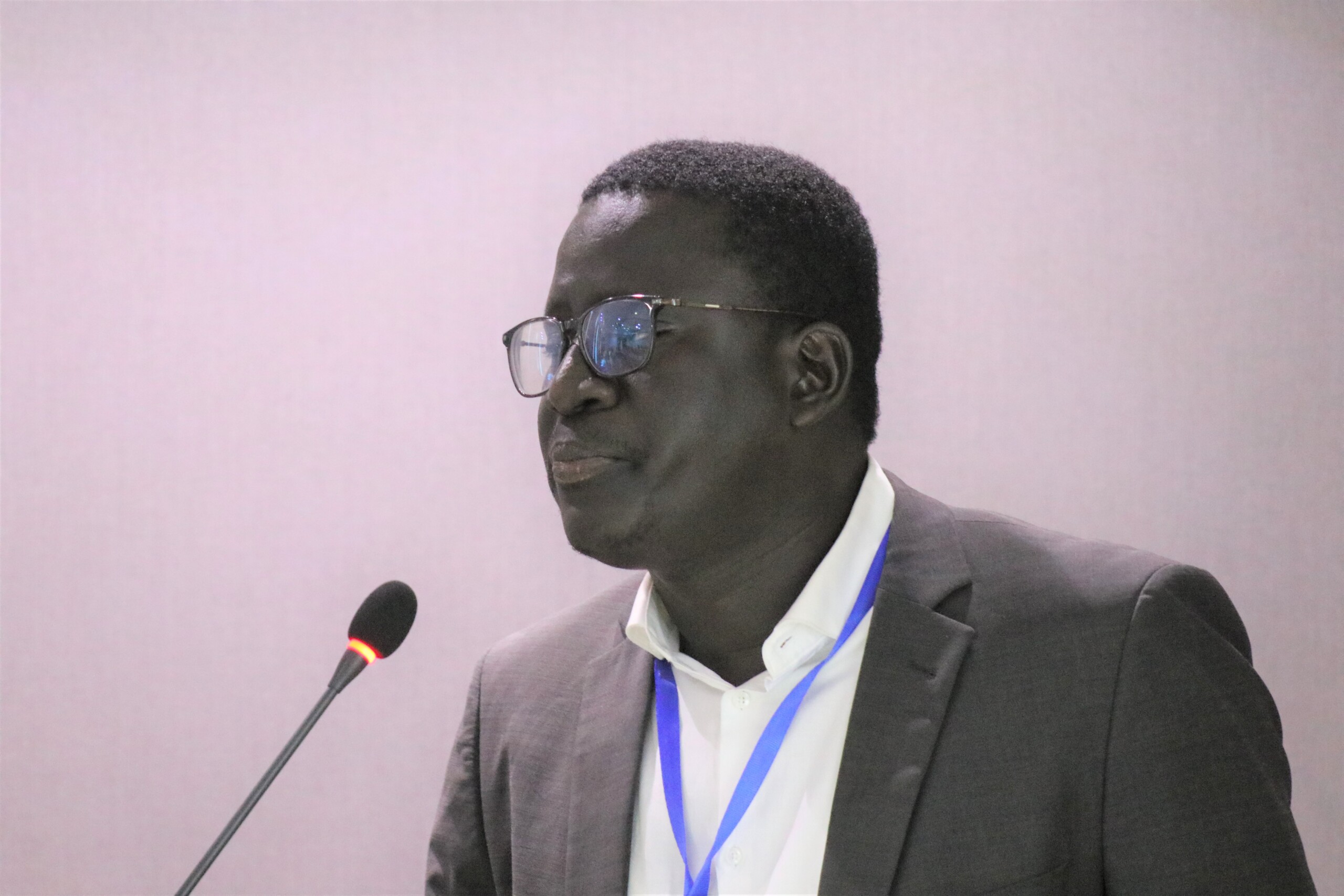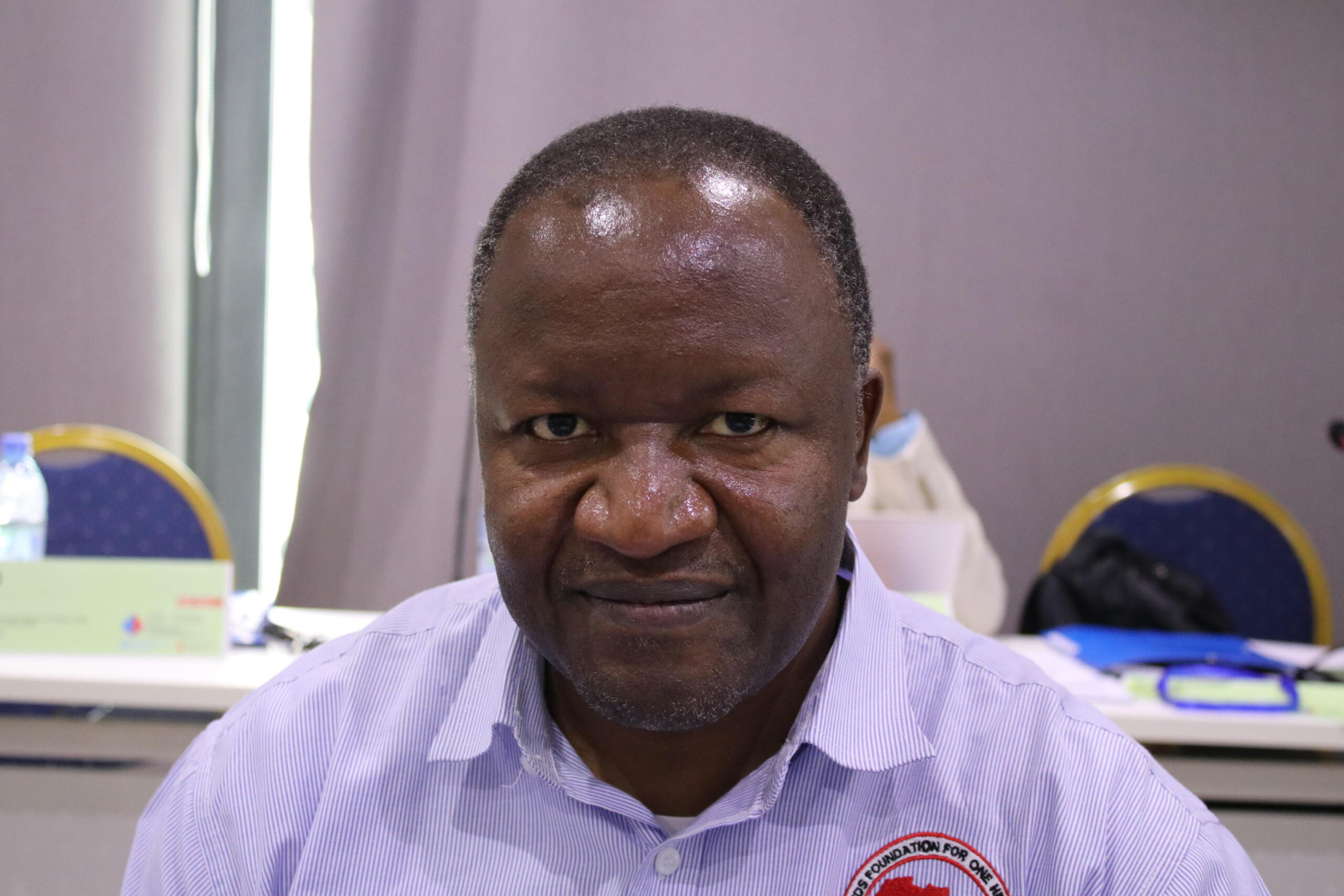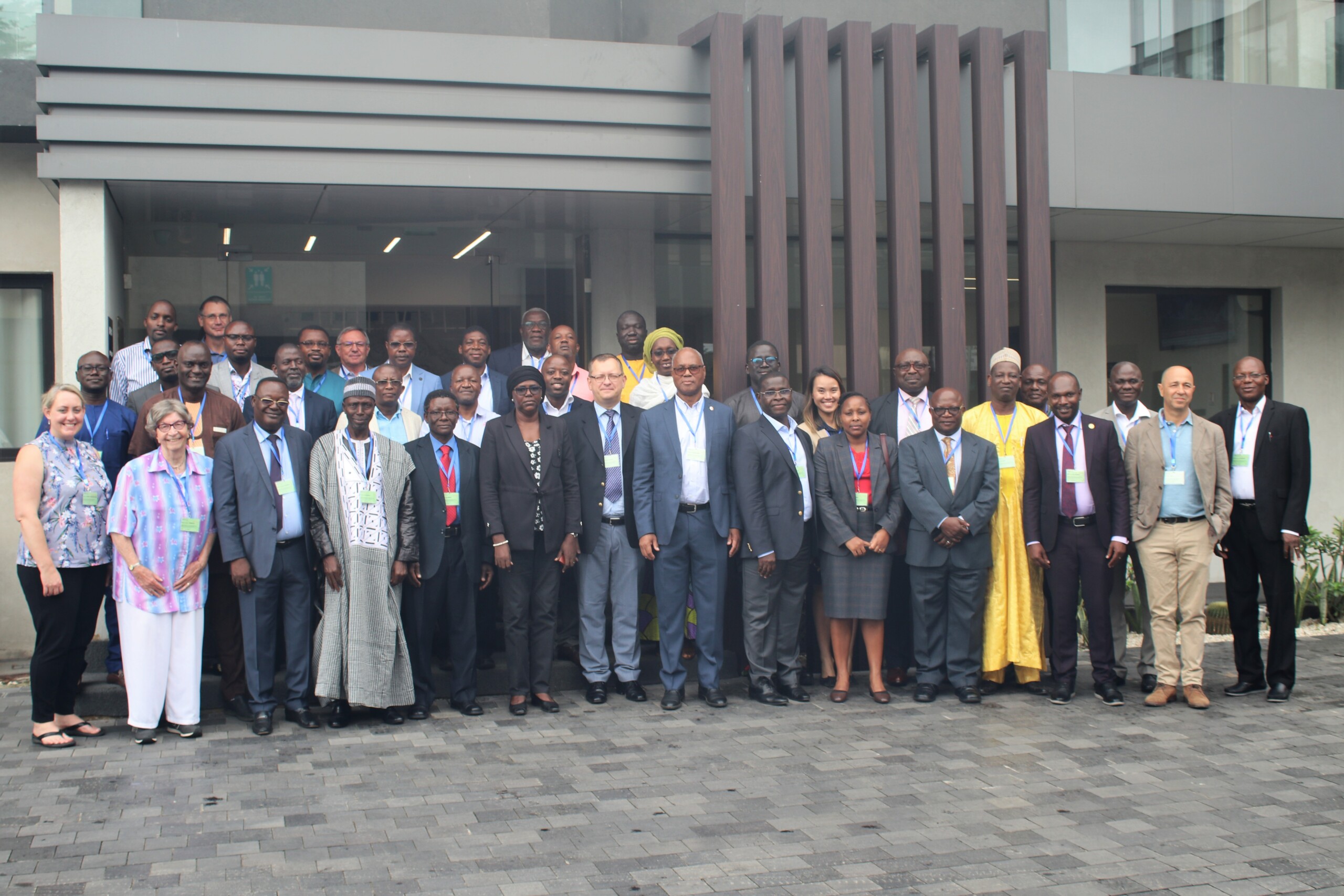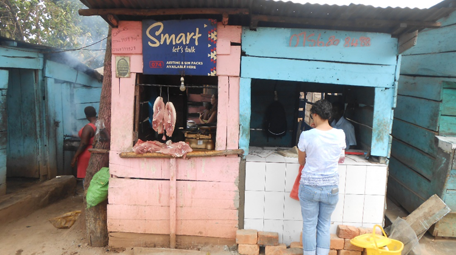
The third meeting of the Standing Group of Experts (SGE) for African swine fever (ASF) for Africa was organised by the WOAH Regional Representation for Africa, in its capacity as the Secretariat of the GF-TADs for Africa RSC, with the support of the FAO, the African Union and the GF-TADs ASF Working Group. The meeting was held in Abidjan, Côte d’Ivoire, from 1 – 3 August 2023.
The meeting was attended by all Members (Cabo Verde, Cameroon, Côte d’Ivoire, Dem. Rep. of Congo, Kenya, Nigeria, South Africa, Togo and Uganda). Cabo Verde attended online as they did not receive government clearance in time to travel to Abidjan. Also present were the African Union’s Pan-African Veterinary vaccines Centre, FAO and WOAH Regional Representations and the Global Working Group for ASF, the International Livestock Research Institute, as well as two selected national laboratories : the National Veterinary Research Institute (NVRI), Vom, Nigeria and the Laboratoire National de l’Elevage et de Recherches Veterinaires (LNERV) in Dakar-Hann, Senegal, part of ISRA.
Also present was the Onderstepoort Veterinary Research Institute (OVRI, ARC), both a WOAH Reference Laboratory for ASF, WOAH Collaborating Centre and FAO Reference Centre for ASF (South Africa), along with experts from research centres and academic institutions in Belgium (UG), Cote d’Ivoire (LIRED), France (CIRAD), Hong-Kong (CityU) and Tanzania (SUA). Only one Regional Economic Community (REC) attended the meeting (online) the Inter-Governmental Authority of Development (IGAD, covering the Horn of Africa) through the IGAD Centre for Pastoral Areas and Livestock Development (ICPALD). In addition, the meeting was attended by Mali as an observer country (interested future member), along with observers from the GF-TADs for Europe (European Commission, DG-SANTE). Overall, the meeting was attended by 50 participants, 10 of whom attended online. Only 15 percent (15 %) of participants was female.
Dr Andriy Rozstalnyy, Member of the GF-TADs ASF Global Working Group on behalf of FAO, and representing the Vice-President of the Regional Steering Committee, reiterated the support FAO is providing to Member countries to control ASF and welcomed all participants to the meeting.
The high table, with from front to back Dr Andriy Rozstalnyy (FAO NSAH, ASF WG), Dr. Fadiga Haida Kaly Diarassouba (Technical Assistant Representing H.E. the Minister of Animal and Fisheries Resources, Cote d’Ivoire) and Dr Roland Dlamini (WOAH Delegate Eswatini). Picture © P. Bastiaensen (woah) 2023.
The Vice-President of the Regional Steering Committee, on behalf of WOAH, Dr Roland Xolani Dlamini, WOAH Delegate of Eswatini and Member of the WOAH Council, after recognising all institutions present at the meeting, recalled the establishment of SGE-ASF in 2021. He posed three questions: why does one control ASF, what can be done and when should it be done? He emphasised that there is a need to follow WOAH standards, which take into account the (SPS) principle of equivalence to control TADs and as such, there should be no excuse for any country not to play their part in controlling ASF.
Procrastination, he stated, is no excuse and resources flow to those who apply effort to access them.
The Representative of the Minister for Animal and Fisheries Resources, Mrs Kaly Diarrassouba Fadiga, technical advisor, referred to the 1996 (and following) outbreaks of ASF in Cote d’Ivoire, that resulted in several billions of FCFA in losses. She acknowledged the efforts of the SGE to support countries to control ASF since the disease has to do without a vaccine, for now. She declared the meeting open.
Dr Jean Marc Feussom, ASF Control Officer of the Veterinary Services in Cameroon (MINEPIA). Picture (c) P. Bastiaensen (woah) 2023
In the course of the next three days, the group tackled first biosecurity along the value chain, and then surveillance, including diagnosis, through a succession of technical presentations by, and discussions with, national, regional and international Members.
Towards the end of the third day, the sesssion chairpersons, facilitators and rapporteurs met in a closed session to write up a proposed list of action points that represent feasible, affordable and quick-wins for the Members, starting with the 9 Member countries, but with relevance for all Member countries in Africa, affected by ASF, as well as public and private sector stakeholders, research centres and academia.
The list was further amended by all Members, during the final session of this meeting and was circulated for another 10 days to collect minor, final comments and amendments to this list (copied below, also included in the final report).
PDF - 1.52MB
PDF - 4.08MB
Practice biosecurity to save your pigs, including clean and disinfection procedures. Food and Agriculture Organization of the United Nations
Erika Chenais - Sector 3 : Community-contracting and self-regulation at community-level
PDF - 1.56MB
PDF - 694.55KB
PDF - 3.61MB
In the end, the meeting agreed on 15 action points, eventually to be circulated to all Member Countries, and also agreed to refer the co-opting of both Cabo Verde and Mali to the SGE Members, to the vote of the next GF-TADs for Africa Regional Steering Committee (RSC). The principle of embedding a session on “vaccines and vaccination” into the (next) session (n° 5) on “outbreak management” was also approved and requires no validation by the RSC.
Dr Roland Dlamini, WOAH Delegate of Eswatini, Member of the WOAH Council and Vice-President of the GF-TADs Africa Regional Steering Committee (RSC)
